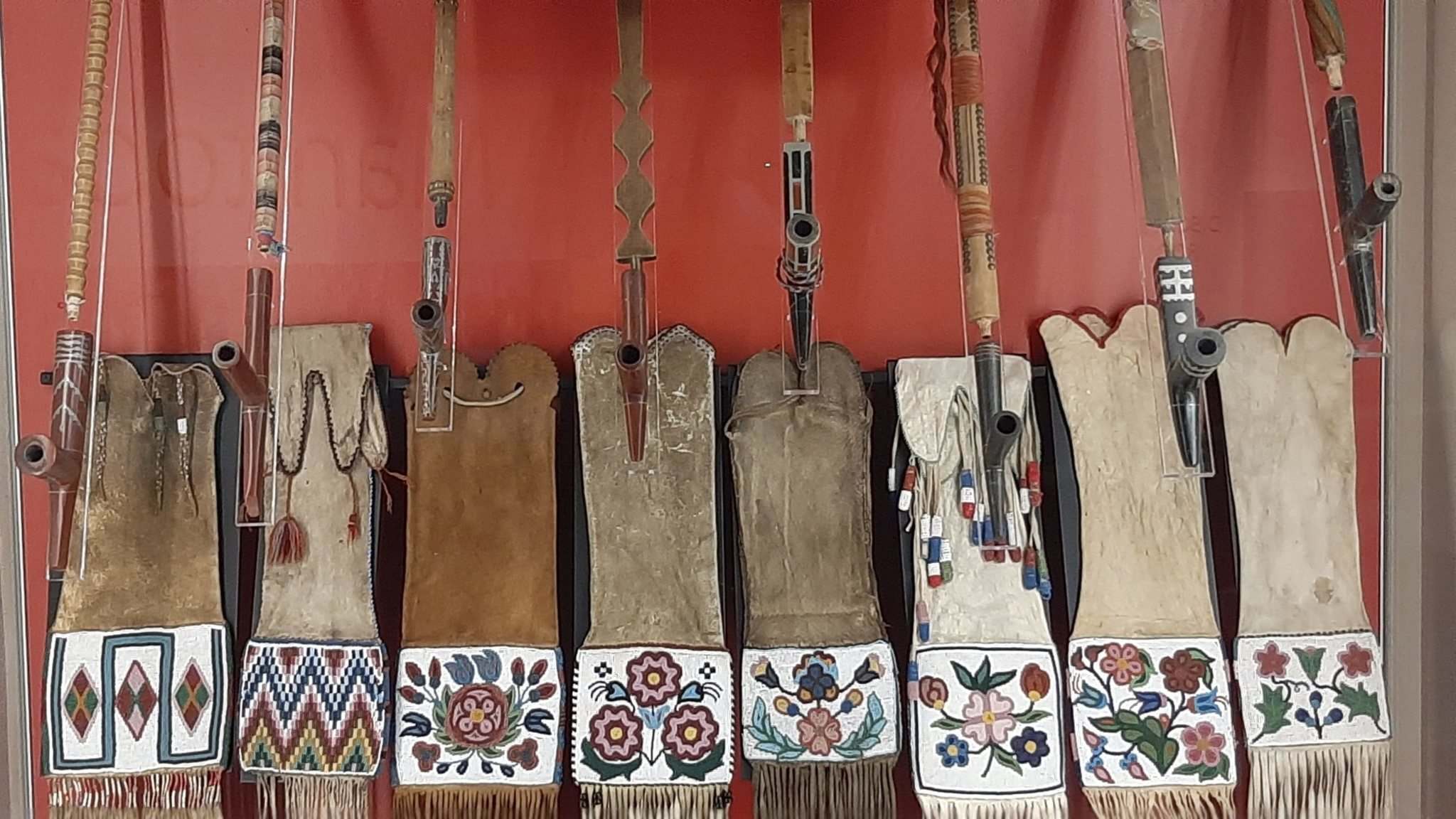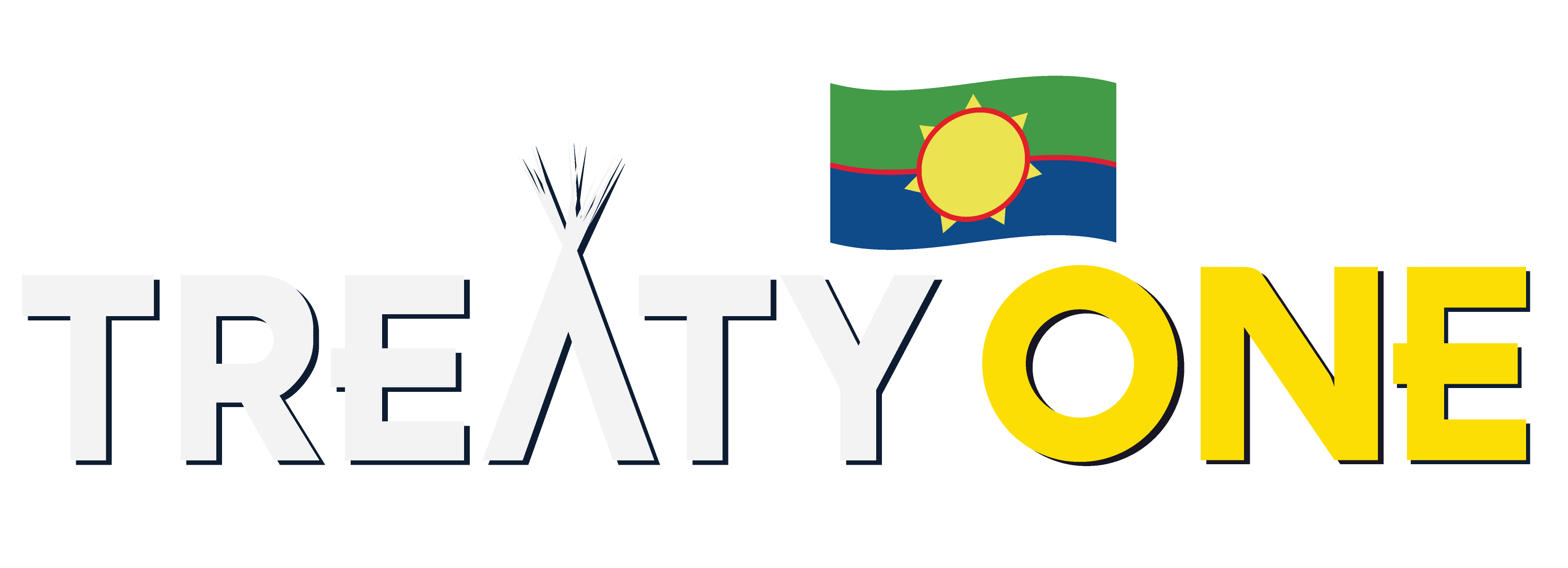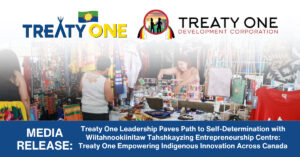No products in the cart.

Hidden agenda, broken promises behind Treaty 1 signing
After eight tense days of negotiations, our First Nations and colonial ancestors sat together in a circle at the Stone Fort (Lower Fort Garry), ready to conclude the making of Treaty 1. The date was Aug. 3, 1871, but this was no ordinary signing ceremony.
It was a sacred pipe ceremony that bound both parties together with the Creator in a covenant that committed to truth, respect, reciprocity, renewal and to abiding by the decisions and agreements made during the meeting times.
As the sacred pipes were passed from one to another, the parties codified the agreement with the Creator, based on thousands of years of the most sacred Anishinaabe and Swampy Cree customs and traditions. Everyone understood the significance.
“The First Nations of Treaty 1 concluded negotiations having forced concessions from the Crown on two main points,” said Aimée Craft, Aninishnaabe/Métis lawyer from Treaty One Territory and associate law professor at the University of Ottawa.
“Firstly, they understood that their way of life would continue and that they would be able to hunt, fish and trap on all of their ancestral lands,” she said. “Secondly, they had mapped out two-thirds of the province to be designated as ‘Indian Land’. ”
The First Nations left the negotiations understanding that both premises were agreed to.
Further, as reported in 1873 by Toronto Globe journalist, Molyneux St. John, who had been on hand for the negotiations, “There is not a shadow of doubt that when they left the Grand Council at the Stone Fort (Lower Fort Garry), they were firmly impressed with the idea that the demands which they had made had been with a few exceptions, granted… So the Treaty was signed, the commissioner meaning one thing, the Indians meaning the other.”
From the beginning, the Crown clearly had a hidden agenda.
Surreptitiously, in a satchel aboard the train that headed west to begin the negotiations, the Crown-appointed treaty commissioner had a pre-written agreement, based on the land grab agenda of the new prime minister, John A. MacDonald.
In fact, the text of the Treaty 1 agreement we see today is a carbon-copy of the secretly pre-written agreement that went on to become the Crown’s cookie-cutter template for future treaty negotiations. What this written document does not reflect is what was actually discussed and agreed to 150 years ago. It even had to be amended four years later to include a list of the “outside promises” that had been agreed to but never integrated.
“People should put little emphasis on the written agreement which was circulated after the negotiations,” said Craft. “It was the oral agreement and commitments made during the negotiations that concluded with the sacred pipe ceremony that accurately represent the true outcomes.”
Case in point, she said the phrase ‘we cede, release, surrender and yield up… lands’ are words that simply don’t exist in First Nations’ languages so are irrelevant in this discussion.
An important part of this series on the making of Treaty 1 is understanding the massive implications of the Crown failing to live up to its obligations, which began immediately following Aug. 3.
Had the true promises, spirit and intent of Treaty 1 been fully implemented, First Nations peoples would have been empowered, through their right-to-livelihood, to attend well-funded schools, receive state of the art health care and work in well-paying jobs.
Instead, our right-to-livelihood was systematically stripped away, decade after decade. First the introduction of the Indian Act to govern every minute of our every day, then the imposition of Indian agents to limit and control our movements; our inability to vote or move and the tragedy of the forced removal of our children from our homes which is still raining down on us today.
The cumulative effect of government action to deny First Nations a right-to-livelihood has simply robbed generation after generation of First Nations peoples the wealth that could have been created from our own back, and front, yards.
The cumulative impact is immeasurable and hard to bear when we think what could have been.
But our future is about hope, forgiveness, and reconciliation and about the Canada we can all still create, together. Learning, listening, understanding, and honouring what took place and continues to take place in Treaty 1 Territory is an important start.
Chief Deborah Smith of Brokenhead Ojibway Nation is a member of the Treaty One Nation Governing Council composed of the seven Treaty One First Nations: Brokenhead Ojibway Nation, Long Plain First Nation, Peguis First Nation, Roseau River Anishinabe Nation, Sagkeeng Anicinabe Nation, Sandy Bay Ojibwe First Nation and Swan Lake First Nation.



